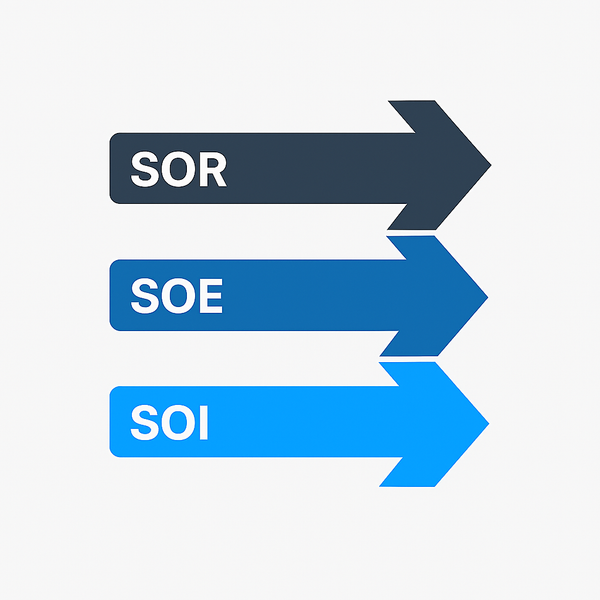Your future customer isn't human
And it's not using a credit card

The next evolution of online commerce won’t be driven by human consumers but by the burgeoning agent-based economy. AI is rapidly evolving from a chatbot that serves humans into a network of autonomous economic agents - capable of transacting on behalf of their “owners” - and on their own behalf.
This shift is being enabled by new payment standards like the x402 protocol, which breathes new life into a forgotten corner of the internet’s original blueprint: the long-dormant HTTP 402 “Payment Required” code. The x402 protocol allows AI agents, bots, and Internet of Things (IoT) devices to pay each other for services—such as data access, compute, or API calls—using tokenized micropayments. An AI agent can now execute a sub-cent transaction - using a stablecoin like USDC - to instantly access a piece of information from another service.
This promises to disrupt - and potentially eliminate - entire layers of customer onboarding and identity management, creating a competitive advantage for businesses that can adapt to a ‘pay-as-you-go’ service model. Instead of relying on traditional user accounts and API keys, the blockchain-based payment itself provides the trust, and serves as the authorization credential. This creates a frictionless “internet of value” where commerce happens autonomously between agents - software buying from software, with little to no human intervention - or oversight.
The benefits are many, including
- Frictionless Transactions: Eliminates layers of customer onboarding and identity management, creating a “frictionless internet of value” where commerce happens autonomously between software programs.
- Micropayment Feasibility: Makes sub-cent transactions economically feasible and practical, which is effectively impossible using existing payment systems - such as credit cards - due to legacy infrastructure and corresponding high fees.
- Machine-to-Machine Commerce: Provides a foundation for a new era of agent-driven commerce, allowing AI agents to take action and transact on their own behalf.
- Simplified Monetization: Offers a direct and programmatic way for sellers to monetize APIs and digital content without the traditional friction of credit card processing, KYC, and high transaction fees.
- Speed and Cost Efficiency: Payments settle at blockchain speed, typically within seconds, with zero protocol fees, as money moves directly from customer to merchant without intermediaries.
However, there are also massive risks and unprecedented regulatory challenges, which global public- and private-sector players have barely begun to address.
A frictionless “internet of value” will both disrupt and ultimately bypass the complex, outdated, credit card and ACH processing stacks. As AI agents and IoT devices become autonomous economic actors, the traditional infrastructure, built for human consumers and credit cards, will be unable to compete with the speed, low cost, and simplified monetization offered by x402, leading to a fundamental shift in how digital commerce is conducted.
It is an open question how regulatory pillars such as KYC (Know Your Customer) and AML (Anti Money Laundering) requirements will be addressed in this new world, and whether regulators have the ability to comprehend these changes, much less keep up in a world of high speed micropayments.
As this new era of autonomous commerce dawns, it’s clear that the x402 protocol represents more than just a technical upgrade; it’s a fundamental re-imagining of how value flows across the internet. The implications for businesses, consumers, and regulators are profound, promising a future where transactions are instant, frictionless, and driven by intelligent agents. The question isn’t if this shift will occur, but how quickly society can adapt to its immense potential - and navigate its unprecedented challenges.




